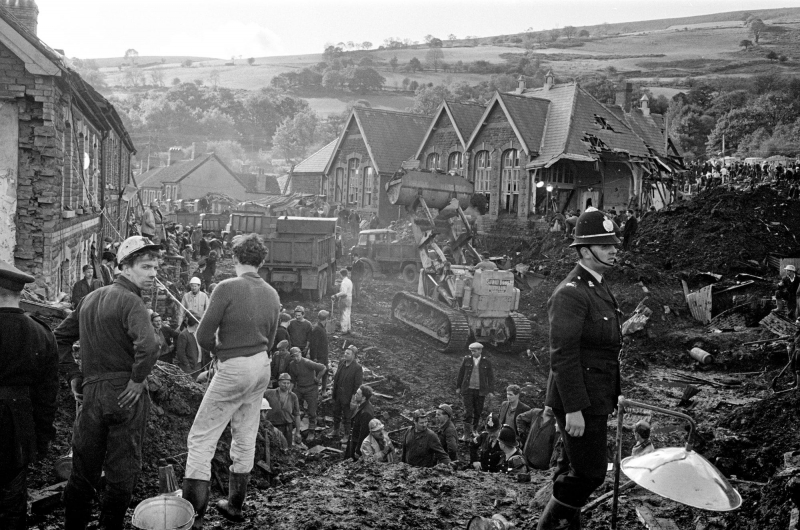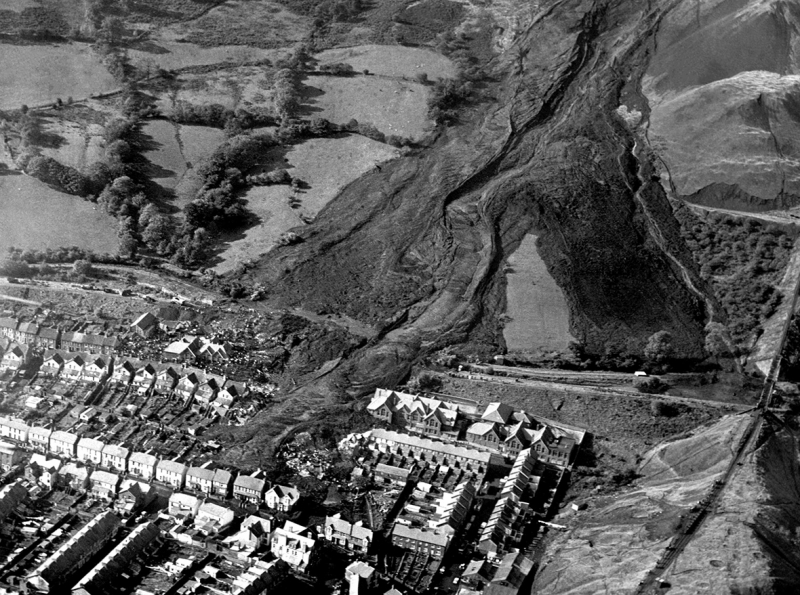The Aberfan Mining disaster
In October 1966, an illegally built and managed coal soil tip—a mound of waste material produced by coal mining—slid down a Welsh hillside and destroyed a portion of the village of Aberfan, burying a school and several homes. 116 of the 144 victims killed by the slide were youngsters. The National Coal Board, which had created and maintained the tip along with six others nearby, and had all violated the rules controlling their existence, was held accountable for the incident as a result of the investigation that followed. Despite being held accountable for the tragedy, neither the National Coal Board (NCB) nor any of its officers ever faced legal action. Nobody else was either.
Her Majesty Queen Elizabeth resolutely refused to go to the scene in the early aftermath of the catastrophe, though her husband, Prince Philip, Duke of Edinburgh, went. Lord Snowdon, who was at the time married to Princess Margaret, the sister of Elizabeth, agreed as well. Eight full days passed before Her Majesty decided to visit the location to meet with her subjects. According to some watchers of the Royals and her reign, it was a delay that she would eventually come to regret. In 2016, on the occasion of the tragedy's 50th anniversary, she sent Prince Charles, her son and likely heir, a telegram expressing her ongoing sorrow and recognizing the date.
In terms of fatalities, the Aberfan disaster continues to be the worst mining accident in British history as of 2022. It continues to be a source of resentment for the survivors' and victims' families, as well as a source of deep regret for Queen Elizabeth.
- Year:1966












